Hydraulic Cylinder – Linear Power for Industrial Motion Control
A hydraulic cylinder, also known as a linear hydraulic actuator, is a core component in hydraulic systems used to convert fluid power into controlled mechanical motion. By leveraging the pressure of hydraulic fluid, these actuators deliver high-force linear movement essential in a wide range of applications, from construction machinery to industrial automation.
How Hydraulic Cylinders Work
At the heart of every hydraulic system lies a pump that generates pressurized fluid. This fluid is directed into the hydraulic cylinder, where it exerts force on a piston inside a sealed barrel. The resulting pressure moves the piston in a straight line, creating linear motion.
The movement’s direction and speed are precisely regulated through hydraulic control valves, allowing for smooth and responsive operation. Depending on the system design, cylinders may function as:
-
Single-acting: Fluid pressure drives the piston in one direction, with return motion handled by a spring or external force.
-
Double-acting: Fluid can be applied to both sides of the piston, enabling bidirectional control and greater flexibility for complex operations.
Key Technical Specifications
When selecting or designing a hydraulic cylinder, the following parameters must be carefully evaluated:
Stroke Length
The stroke defines how far the piston travels within the cylinder. Stroke lengths vary from compact configurations to extended-range models used in large-scale equipment.
Maximum Operating Pressure
Each cylinder is engineered to withstand a specific pressure limit. Operating beyond this rated pressure can lead to seal failure, structural damage, or safety hazards.
Bore Diameter
The bore refers to the internal diameter of the cylinder barrel. Larger bores produce greater force, making them suitable for heavy-duty tasks requiring significant load-bearing capacity.
Rod Diameter
The piston rod transfers the force generated by the piston to the external mechanism. Its diameter impacts strength, load-bearing capability, and resistance to bending under pressure.
Key Components
A typical hydraulic cylinder includes several integrated parts that work together for efficient performance:
-
Cylinder Barrel – Houses the piston and hydraulic fluid
-
Piston & Piston Rod – Core moving components that transfer force
-
End Caps – Seal the ends of the cylinder and connect ports
-
Mounting Attachments – Define how the cylinder is fixed in position
-
Hydraulic Ports – Entry/exit points for hydraulic fluid
Each of these components can be customized based on the system’s needs, operating environment, and expected performance.
Industrial Applications
Hydraulic cylinders are essential in industries such as:
-
Construction – Excavators, loaders, bulldozers
-
Manufacturing – Press machines, conveyors, robotic systems
-
Transportation – Lifting systems, dump trucks, rail equipment
-
Marine & Offshore – Winches, cranes, hatch controls
These actuators deliver reliable performance where precise, high-force linear motion is required.
Key Advantages
High Power Output
Hydraulic cylinders offer exceptional force generation in compact sizes, ideal for applications requiring intense pushing or pulling strength.
Precise Motion Control
With advanced flow and pressure regulation, cylinders can be fine-tuned for exact positioning and smooth motion under variable loads.
Smooth & Reliable Performance
Thanks to the incompressible nature of hydraulic fluid, motion is stable and consistent, minimizing vibration and enhancing component longevity.
Conclusion
Hydraulic cylinders are indispensable in modern mechanical and industrial systems, offering unmatched power, accuracy, and efficiency. Whether you’re designing equipment for heavy lifting, precise automation, or high-speed motion control, selecting the right hydraulic cylinder ensures peak performance and operational safety.
For tailored solutions, consider factors such as pressure range, cylinder type, fluid compatibility, and mounting configuration to optimize the actuator for your application’s unique demands.

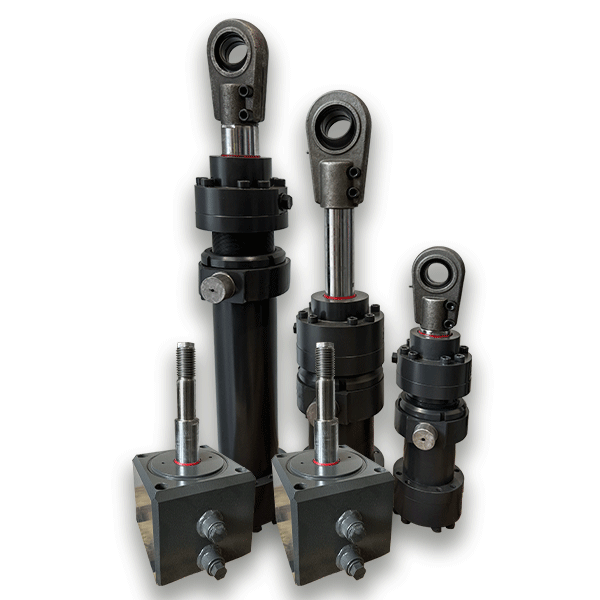
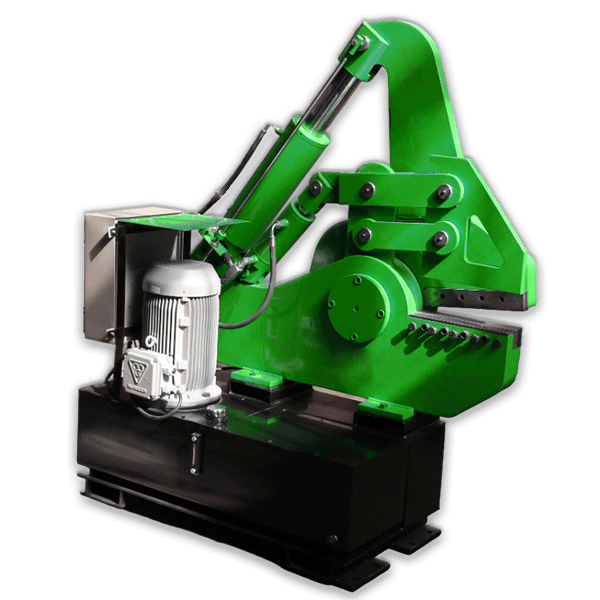
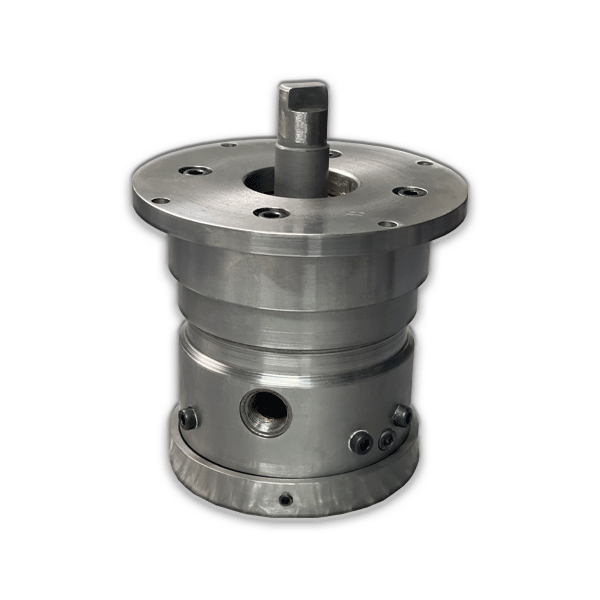
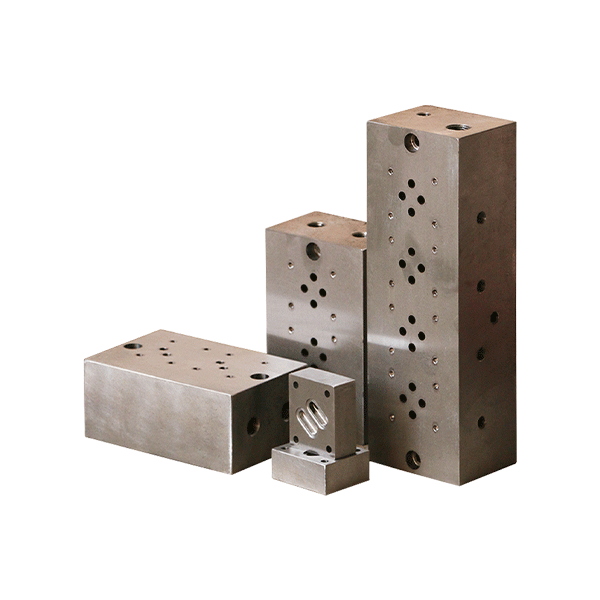
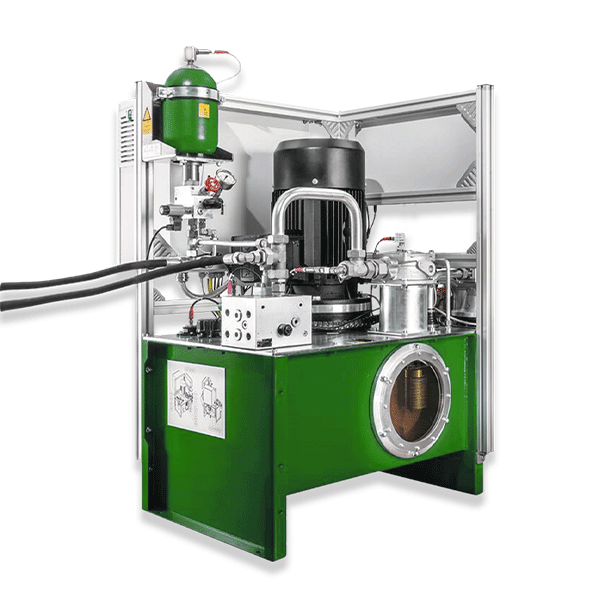
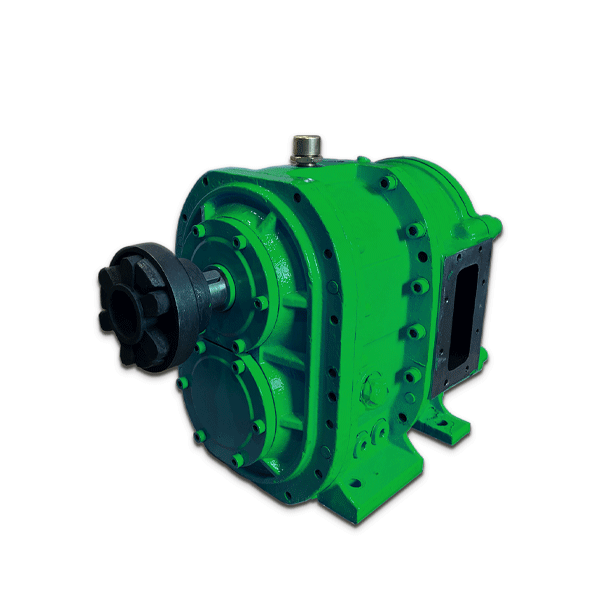
Reviews
There are no reviews yet.